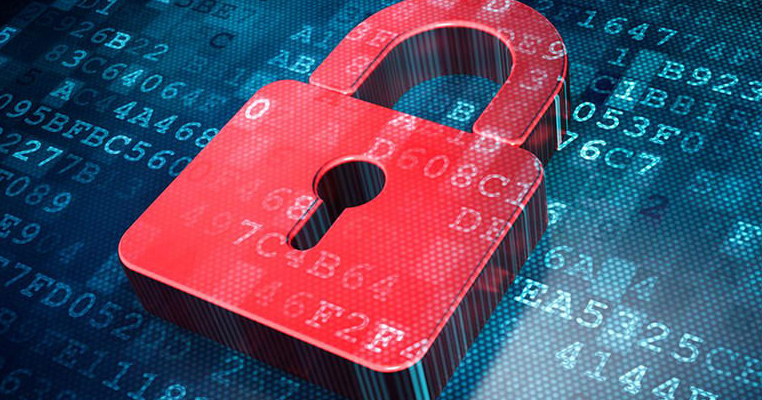
What is Data Privacy:
Data privacy revolves around the responsible handling of personal information, ensuring it is collected, stored, and utilized in ways that respect individuals’ privacy rights. Organizations like CompuSystems prioritize data privacy to foster trust and security among clients. By managing personal and sensitive data with care, organizations minimize risks and enhance overall security.
What is PCI DSS:
The Payment Card Industry Data Security Standard (PCI DSS) is a set of security standards designed to protect card information during and after a financial transaction. Adhering to PCI DSS means implementing robust security measures to prevent data breaches and unauthorized access to cardholder data.
How to comply with PCI DSS:
- Firewalls: Maintain and configure firewalls to block unauthorized access to sensitive data.
- Password Protection: Implement strong password policies and ensure default passwords are changed to secure devices and systems.
- Protect Cardholder Data: Encrypt cardholder data using strong encryption methods and secure encryption keys, with regular monitoring to prevent unauthorized exposure.
- Encrypt Transmitted Data: Encrypt cardholder data during transmission over open, public networks to protect against interception by unauthorized parties.
- Anti-Virus Software: Install and maintain anti-virus software on all systems that handle cardholder data, ensuring regular updates and patches.
- Software Updates: Implement procedures to keep all systems and software up to date with security patches to protect against vulnerabilities.
- Access Control: Restrict access to cardholder data on a need-to-know basis, documenting access policies and reviewing access rights regularly.
- Unique IDs: Assign unique IDs to individuals with computer access to restrict unauthorized access and facilitate accountability.
- Physical Access: Secure physical access to cardholder data, maintaining strict control and logging access to physical locations where data is stored.
- Access Logging: Maintain detailed logs of all access to network resources and cardholder data, with automated mechanisms to track and monitor access.
- Vulnerability Scans: Conduct regular vulnerability scans and penetration testing to identify and remediate security vulnerabilities.
- Documentation: Develop and maintain documentation outlining security policies, procedures, and responsibilities for achieving and maintaining compliance.
For more information on PCI DSS click here for the PCI DSS quick reference guide
What is SSAE:
Statement on Standards for Attestation Engagements (SSAE No.1-23) is an auditing standard that ensures service organizations maintain stringent controls over data management.
How to comply with SSAE:
- Familiarize Yourself with Standards:
- Define the Audit Scope:
- Identify systems, services, and controls to be audited.
- Establish audit boundaries and parameters.
- Perform Risk Assessment:
- Identify risks associated with your services.
- Evaluate potential impacts on user entities’ financial statements.
- Document System Details:
- Describe provided services and transaction processing.
- Document relevant operational and organizational details.
- Set Control Objectives:
- Develop clear objectives addressing identified risks.
- Ensure objectives support user entities’ financial reporting.
- Implement Controls:
- Design controls to meet defined objectives.
- Document and consistently apply controls.
- Monitor Third-Party Providers:
- Establish processes to oversee subservice organizations’ controls.
- Document their impact on your control environment.
- Conduct Internal Control Testing:
- Internally test controls before external audit.
- Address and correct any identified deficiencies.
- Prepare Management’s Assertion:
- Create a written statement confirming system accuracy.
- Assert suitability and operational effectiveness of controls (for Type 2 reports).
- Engage External Auditor:
- Choose a reputable audit firm familiar with SSAE.
- Collaborate with them throughout the audit process.
- Address External Audit Findings:
- Review and resolve audit deficiencies or recommendations.
- Implement necessary corrective actions.
- Maintain Documentation:
- Keep thorough records of processes, controls, tests, and changes.
- Update documentation as system or control changes occur.
- Continuously Monitor:
- Establish ongoing control monitoring processes.
- Periodically reassess risks and adjust controls as needed.
- Communicate with Stakeholders:
- Inform relevant stakeholders about the SOC 1 audit and its implications.
- Share audit findings and information as required.
It’s important to note that while this checklist offers a general framework, individual organizational environments may necessitate additional steps or considerations. Consulting with the SOC report and SSAE No.1-23 professionals ensure comprehensive compliance.
To read the SSAE in detail click here
What is GDPR:
The General Data Protection Regulation (GDPR) is a comprehensive EU law that regulates the collection and processing of personal data of individuals within the EU.
How to Meet GDPR Requirements:
- Data Minimization: Collect only necessary personal data to minimize the risk of breaches.
- Consent Management: Obtain informed consent before collecting personal data, adhering to strict consent requirements.
- Right to Access and Erasure: Respect individuals’ rights to access and request deletion of their data, ensuring transparency and control.
- Data Protection Officer (DPO): Appoint a Data Protection Officer to oversee GDPR compliance and address data protection concerns.
- Incident Response: Develop robust incident response plans to promptly address and mitigate data breaches, complying with GDPR’s breach notification requirements.
- Data Breach Notifications: Provide timely notifications in the event of a data breach, adhering to GDPR requirements.
- Anonymizing Collected Data: Anonymize collected data to protect privacy
- Cross-Border Data Transfers: Safely handle the transfer of data across borders, ensuring compliance with GDPR regulations.
GDPR compliance not only fulfills legal obligations but also enhances trust and confidence among clients and their customers regarding data protection.
Click here to learn more about GDPR here
For the Full GDPR regulation click here
Read our blog dedicated to GDPR
Commitment to Continuous Improvement
Achieving compliance with data privacy PCI DSS, SSAE 16 (SSAE 18), and GDPR is an ongoing commitment rather than a one-time effort. Organizations must continuously evaluate and enhance security measures to adapt to evolving threats and regulatory changes.
Our commitment to continuous improvement and proactive risk management ensures that we consistently provide secure, compliant, and reliable services. By following these guidelines, you too can build trust, strengthen client relationships, and ensure compliance with regulatory requirements.
